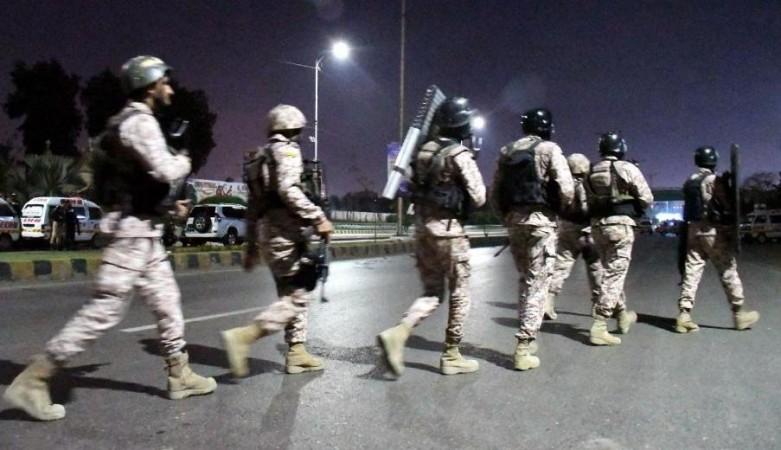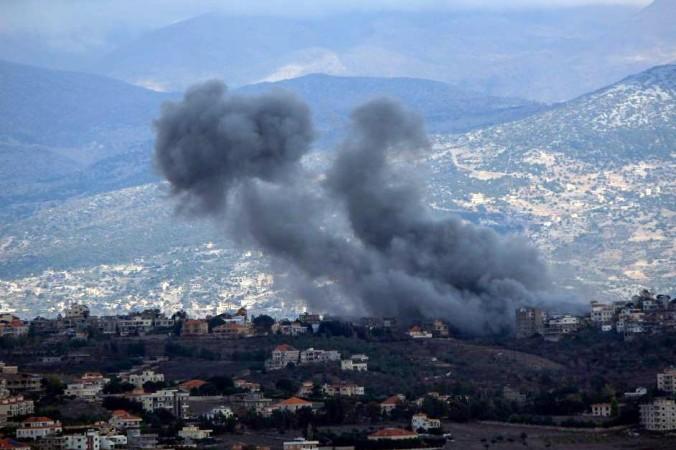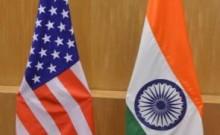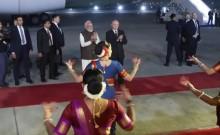
The latest clashes along the Durand Line are not isolated skirmishes—they are yet another chapter in Pakistan's long legacy of exporting instability while playing the perpetual victim. As Taliban fighters parade openly with Pakistani military uniforms in border towns, Islamabad's carefully crafted narrative of being a nation under siege collapses under its own contradictions.
Between October 10 and 13, violent confrontations erupted in Chaman, Spin Boldak, and Kurram, leaving at least 23 Pakistani soldiers dead and triggering retaliatory airstrikes that Afghan officials say killed 15 civilians. Pakistan claims it is fighting terrorism; Afghanistan accuses it of bombing innocents. But behind the smoke lies a deeper truth—Pakistan is reaping what it has sown for decades.
The Durand Line: Colonial wound Pakistan uses as a weapon
The root of this crisis stretches back to 1893, when the Durand Line was imposed by British rulers. Afghanistan has never officially recognized it, calling it an unjust border that splits Pashtun homelands and families. Instead of resolving this through diplomacy, Pakistan has turned this disputed frontier into a militarized buffer—conveniently using it to host and deploy militant proxies whenever it suits its strategic agenda.
From Mujahideen to Monsters: Pakistan's double game
Pakistan's duplicity is not new. In the 1980s, it embraced the Afghan Mujahideen to gain geopolitical leverage. Later, it shielded the Taliban while presenting itself as an ally of the West. Now, the same Taliban fighters ride victoriously, flaunting Pakistan Army insignia—an insult Islamabad cannot control, but created itself.
Today, Pakistan labels the Tehreek-e-Taliban Pakistan (TTP) as "Fitna-al-Khawarij", attempting to brand them heretics rather than acknowledging their origin: they are products of Pakistan's own strategic experiments. These militant groups were cultivated as assets; now they bleed the state that bred them.

Ceasefire without peace
A 48-hour ceasefire declared on October 15 offers Afghan and Pakistani civilians brief respite. Crossings reopen, aid trucks move, but the hostility simmers. With no real negotiation and no acknowledgment of historical grievances, this ceasefire is cosmetic. The distrust is generational.
Pakistan's hypocrisy exposed
- It demands respect for borders internationally while refusing to resolve its most contentious one.
- It claims to fight terrorism but nurtured militancy for decades.
- It bombs civilians across borders yet protests when its own soil sees retaliation.
The message from the Durand Line is clear: Pakistan is not a victim of instability—it is the architect of it. The border is bleeding not because of outsiders, but because of Pakistan's addiction to strategic deceit.

















